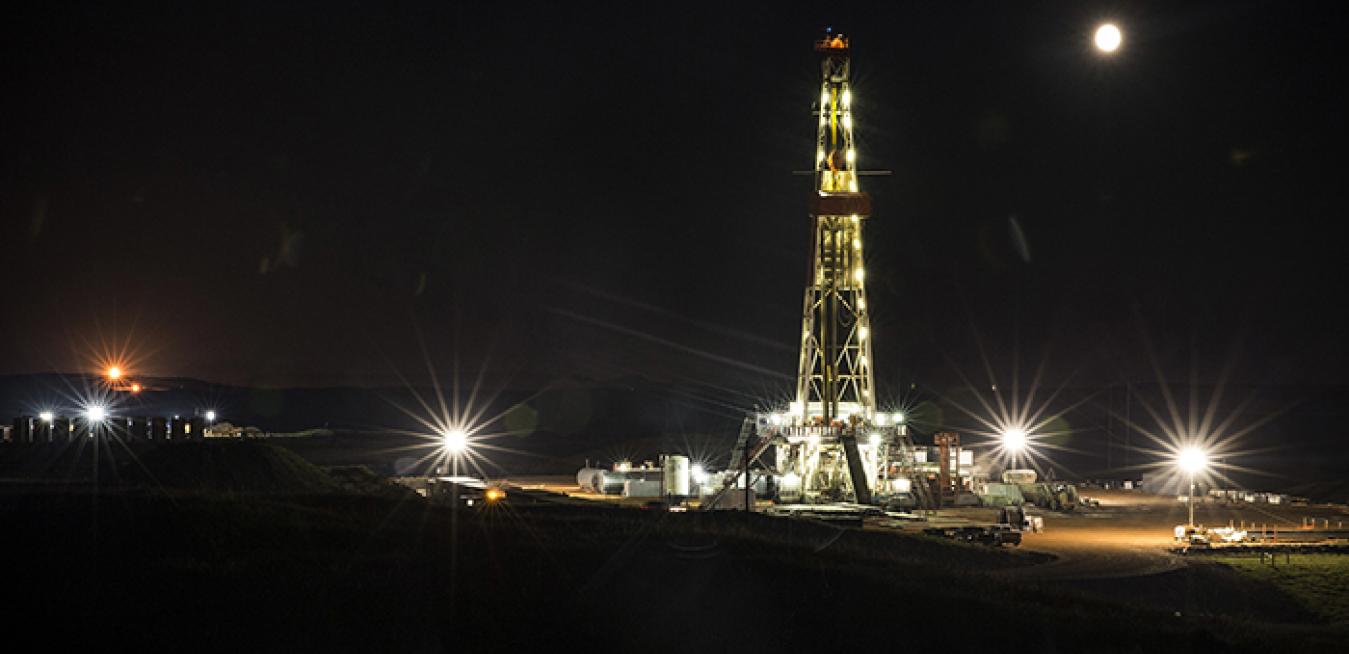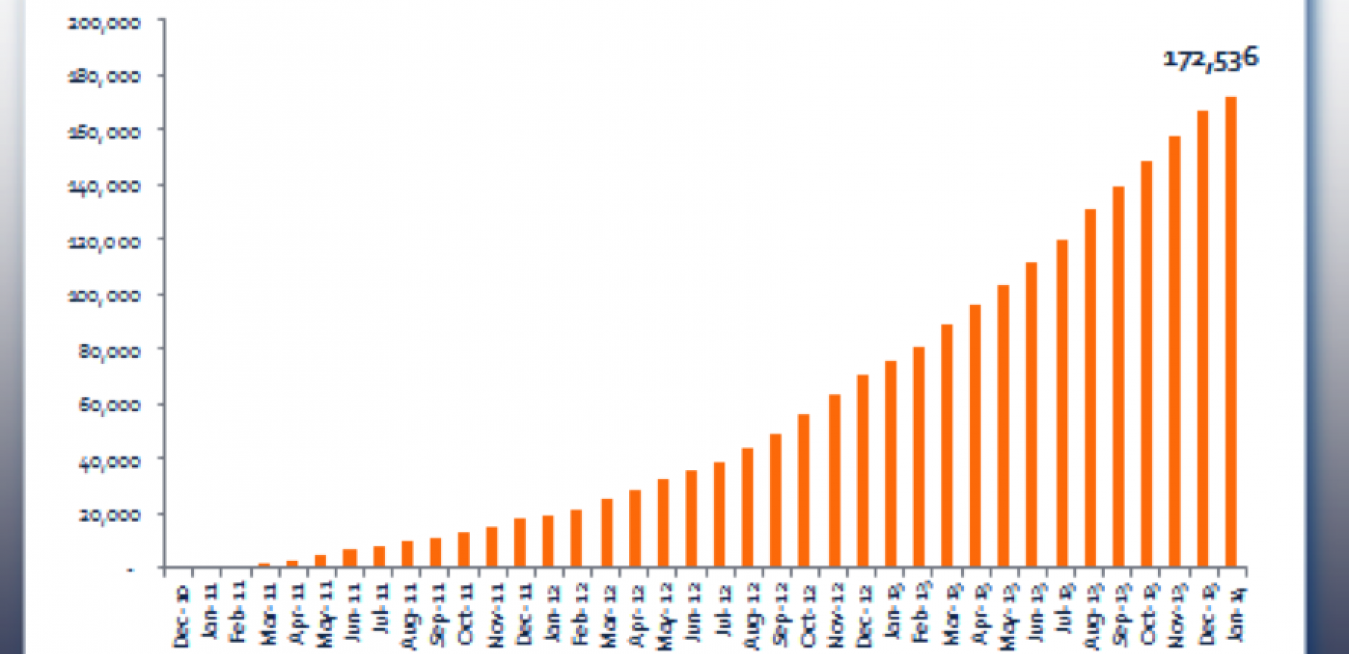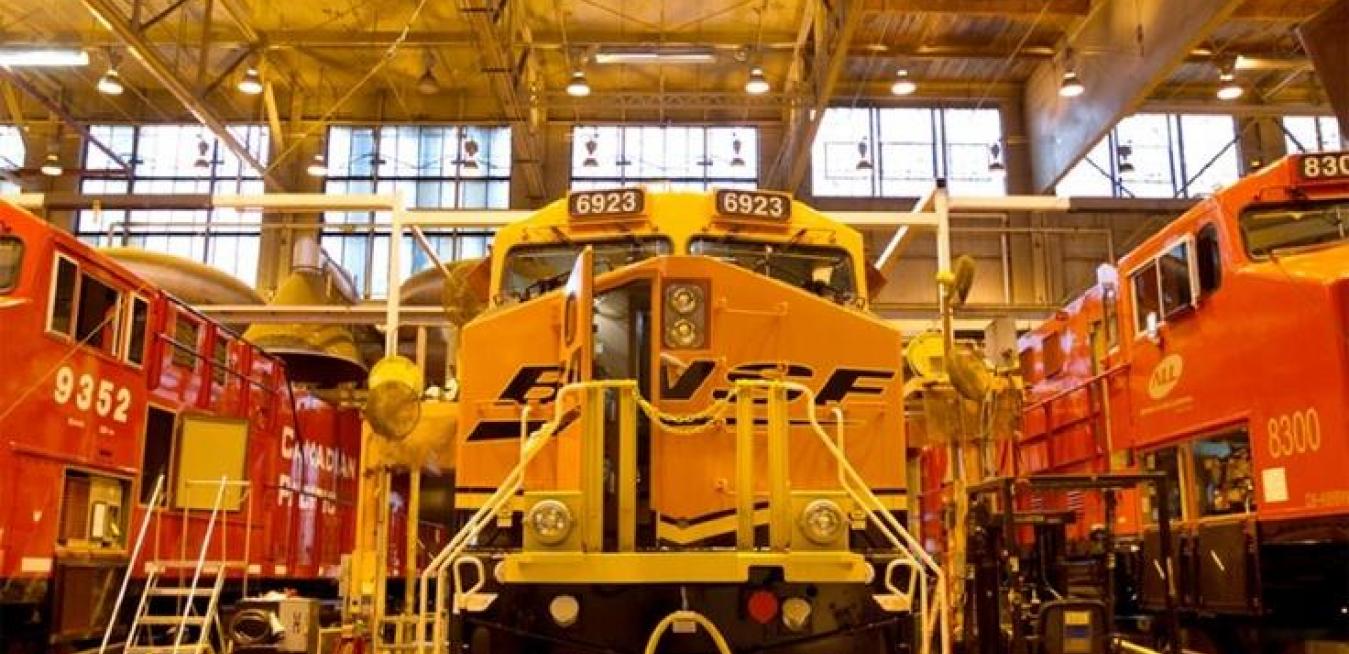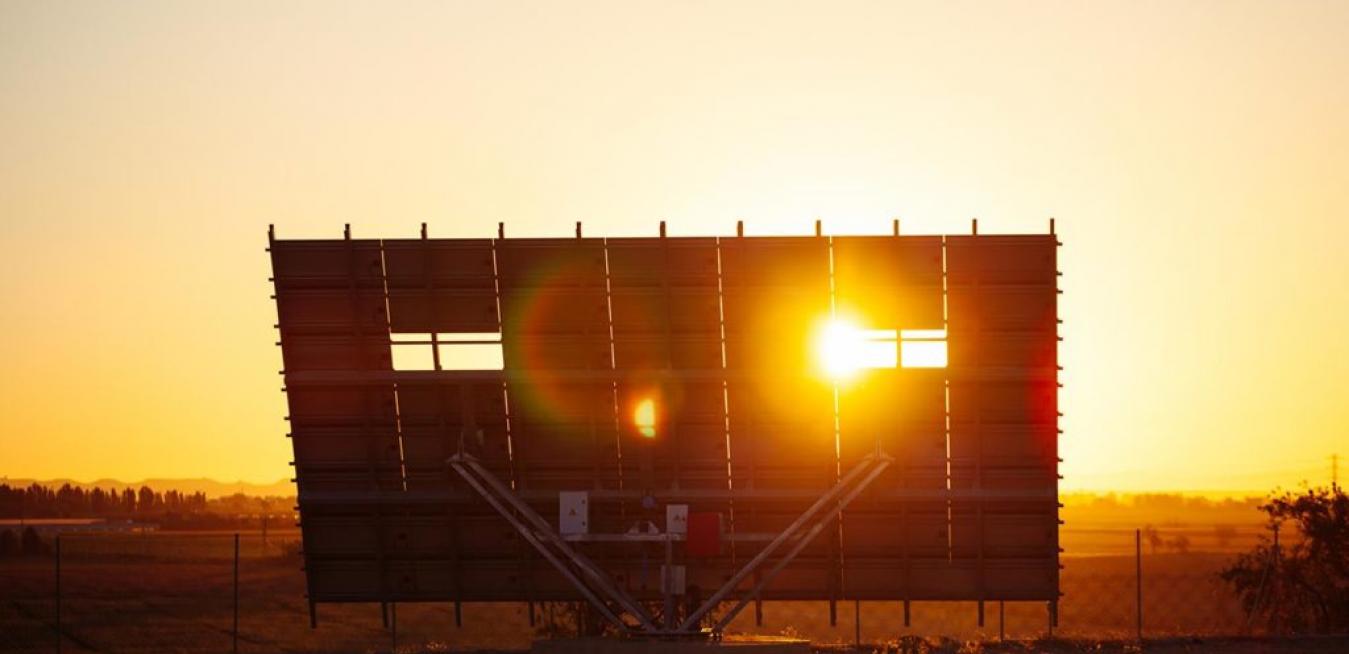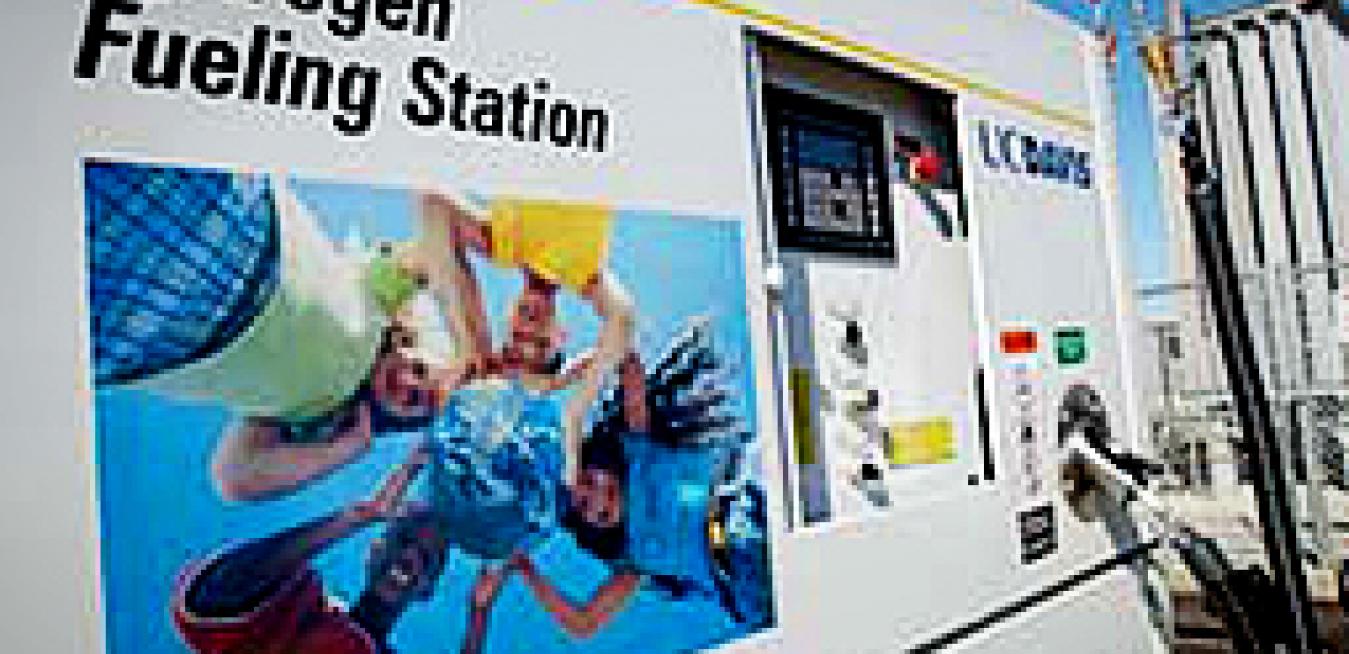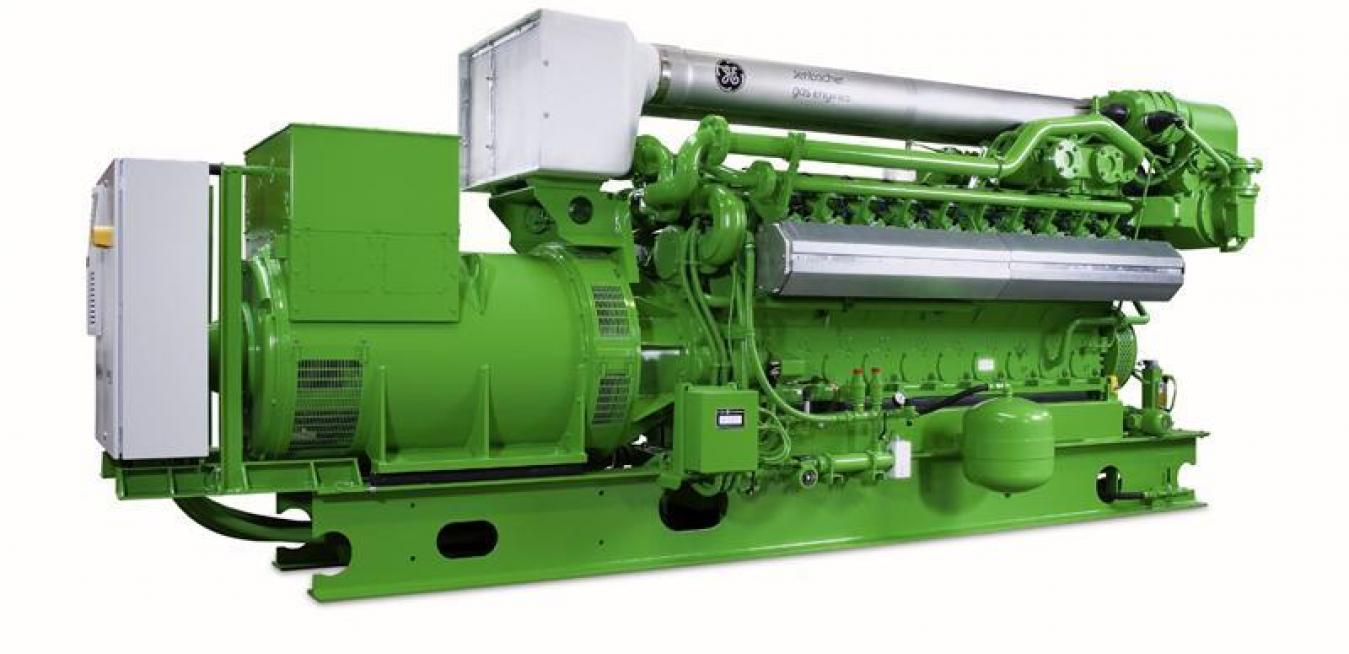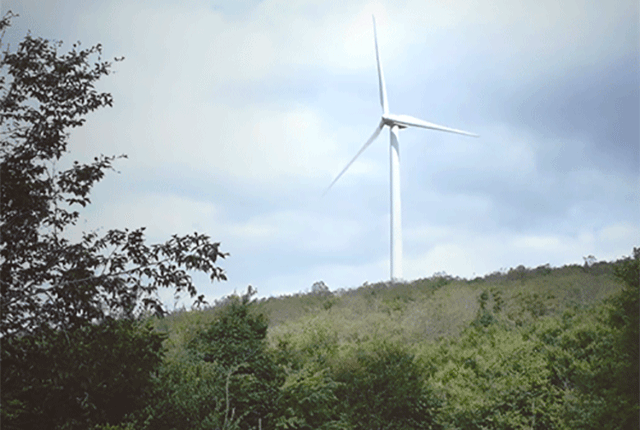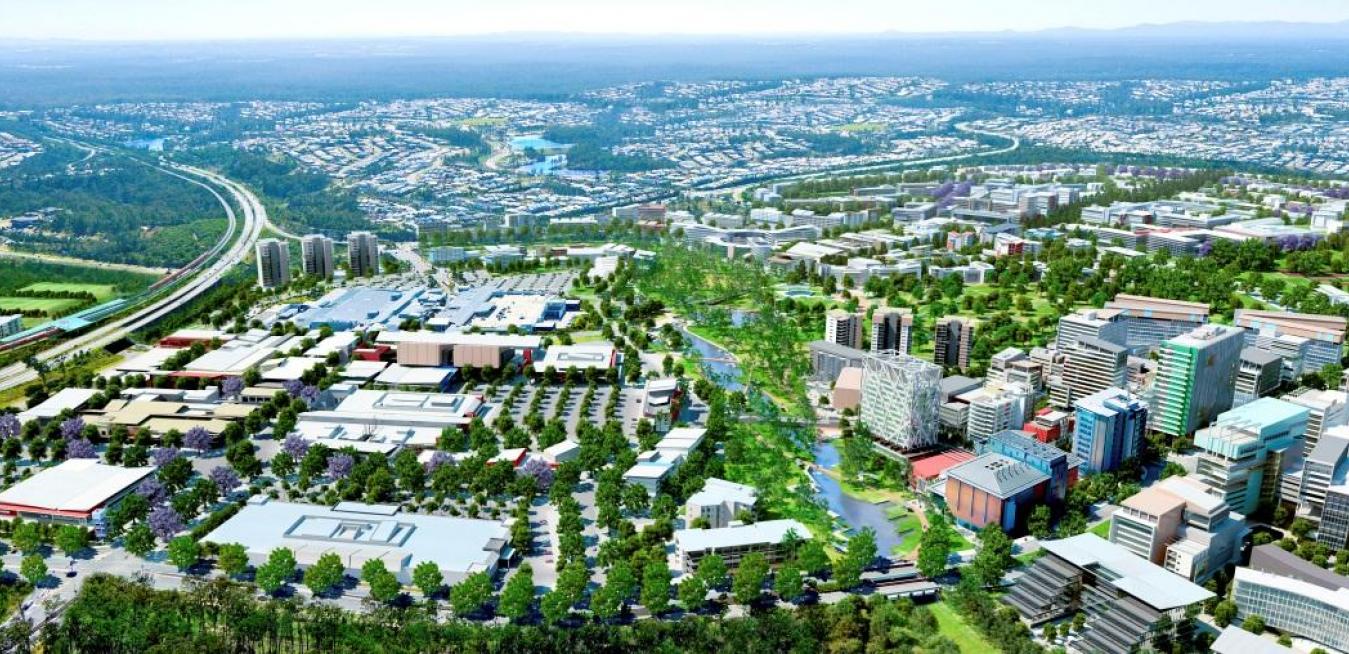But it’s electricity’s role in powering various other transportation applications that’s rarely discussed. The good news, though, is that the conversation is finally changing.
Solar striker a.k.a. solar panels
These solar panels are striking cords across the globe, generating energy from Earth’s most powerful energy source.
All over the world, students, researchers, farmers and DIY enthusiasts are looking for creative ways to turn what they have into renewable energy to use, and share back with the rest of the grid.
Since its launch in 2005, ecomagination products have generated more than $130 billion in revenue, reduced GE’s GHG emissions by 34 per cent and freshwater use by 47 per cent.
None, if it’s a City of Sydney engineer. In the future there won’t be any bulbs to change.
The city’s transforming its 6,450 streetlights by replacing bulbs, or metal halide lamps, with new LED (light emitting diode) units.
Charles Sturt University in Bathurst, NSW has contracted Clarke Energy to design and construct a high-efficiency plant that will offset heat loads from existing boilers and reduce energy imported from the grid.
Unpredictable winds and weather patterns can play havoc with the structured world of energy grids.
Enter GE’s solution, the Brilliant Turbine.
At 33 stories high, with rotor blades extending 50 metres in length, these massive structures contain unique battery software applications that are shifting the winds back into energy producers’ favour.
The Queensland city of Springfield, 35 kilometres south west of Brisbane, has found a solution by combining world-class technologies in its distributed energy and water infrastructure systems.
Springfield Land Corporation is using digitised substations and outage management systems to manage electricity from the point of generation to consumption.
